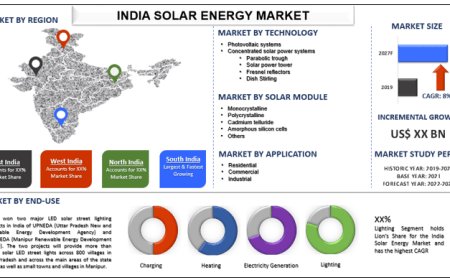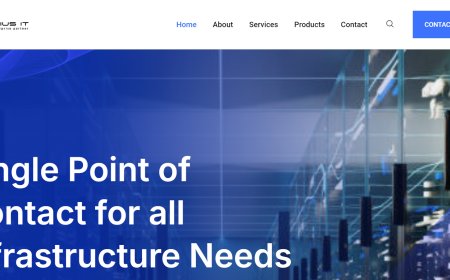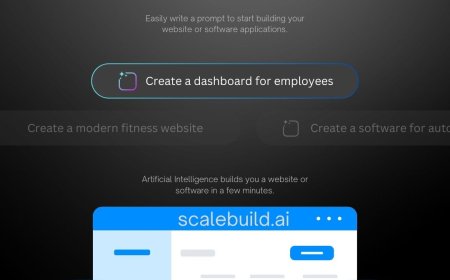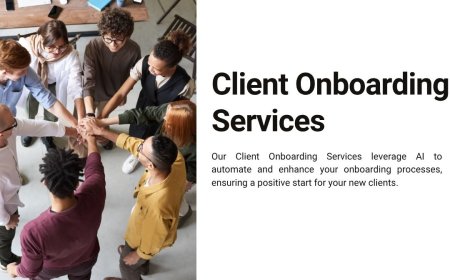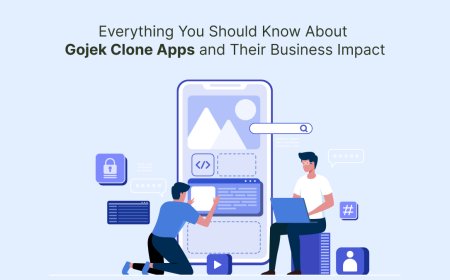An ERP Accounting Software Implementation Guide for Your Business System
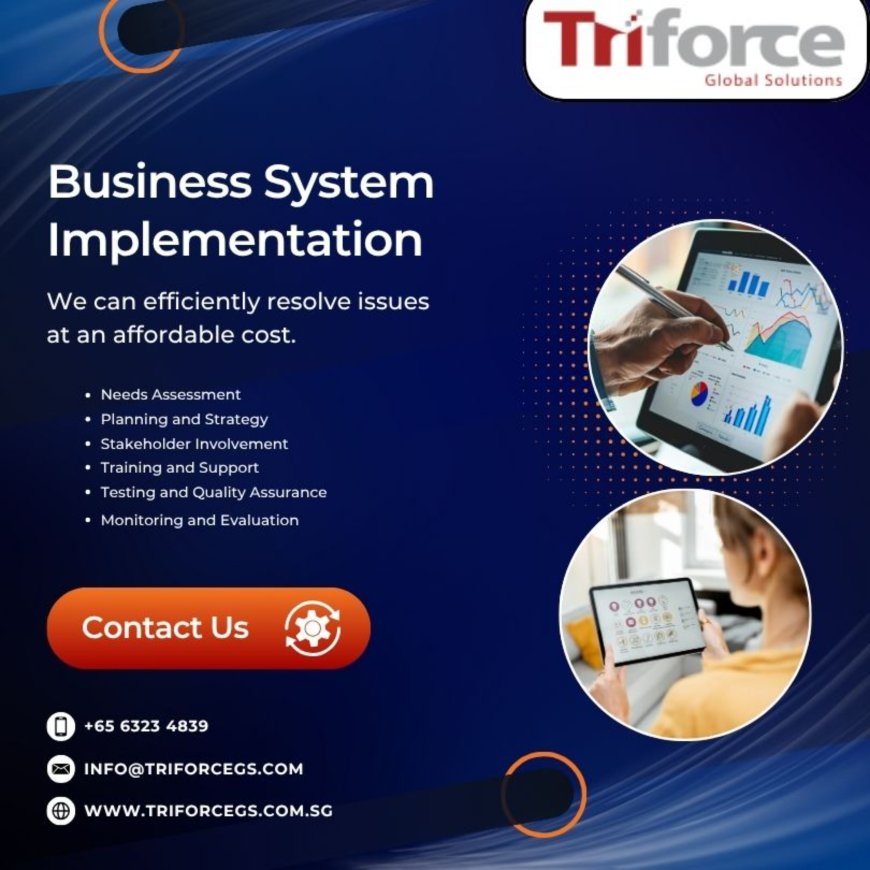
We get it: the term "business system implementation" isn't the most thrilling phrase to hear. But, when you are trying to implement new ERP accounting software, it is certainly more than just an automatic IT process. If done correctly, it can change the entire structure of your organization for the better. If not, then get prepared for irritated employees, financial chaos, and a lot of squandered resources.
The bottom line is that a successful implementation of ERP accounting software is not a technological issue; it revolves around people, processes, and organizational culture. That's what we plan to dive into today.
Why Most Business System Implementations Fail (And Avoiding the Trap)
If you have walked into an office that is in the middle of a business system implementation, youll notice some complaints that are more or less the same: Look! They are just showing users how to use it," and this takes longer than expected. All these complaints stem from the same root: integrated new ERP software without sufficient training and guidance.
First, there's the 'big bang' approach, which attempts to change everything all at once. Then there's the other extreme, which takes so long to implement that interest from stakeholders is lost. The worst mistake of all is treating this solely as an IT project rather than a business makeover. The best implementations start with what the business aims to accomplish and only then configure the technology to work alongside those objectives.
ERP Accounting Software More Than Just Fancier Spreadsheets
Some businesses assume their new ERP accounting software is merely a modernized version of an aging accounting package. This is akin to owning a Smartphone and only using it to make calls. Todays systems can drastically change the way you manage finances - but only if you use them correctly.
Now consider accounts payable. With basic accounting software, entering invoices was often done painstakingly on an individual basis. Basic accounting systems do not have the ability to match purchase orders to invoices automatically, but ERP accounting software does. It can flag errors, train itself on approval workflows, and streamline a variety of other processes. Month-end close? With the right configuration, processes that used to take days can happen in hours. The understanding that these capabilities exist needs to be present during the business system implementation phase so that legacy processes are not replicated and left behind.
The People Aspect of Implementing a Business System
Most software vendors wont tell you this, but the tough part for them is integrating ERP accounting software. The tough part for them is integration. The integration processes do present their own kind of problems, like getting the team members to cooperate and function together as a single unit. People are often treated as an afterthought.
One example would be your accounts receivable division. Each individual member of the team has their methods of ensuring that all the customers payments are collected within the shortest time possible. Once you ask them to do everything manually, they will not accept it. If the proper steps of handling changes are not implemented, then either the workers will revolt, or they will find ways of automating processes somewhere else. Proper business system implementation includes allocating sufficient resources for skill training, employee management as critical as software configuration.
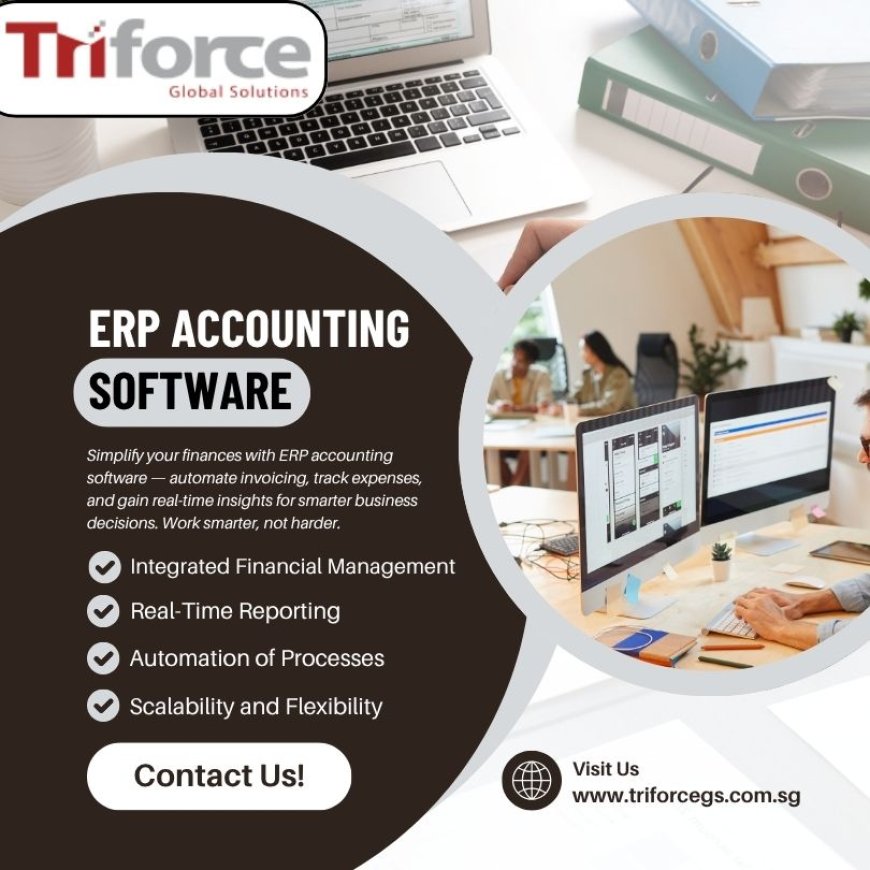
Data: The Most Important Part of ERP Accounting Software
Switching to an ERP accounting software is always painful. The moving costs of your data and other resources need to be handled with extra care in order to bring over every detail of your old system and data structures. Complexity in your existing structures, such as your charts and records, is troublesome and will result in the stubborn issues remaining the complex over time with no solution.
Smart businesses take advantage of a business system implementation to streamline processes. This includes standardizing account hierarchies, eliminating duplicate entries, defining data entry protocols, and more. Although its not the most exciting work, it has a major impact on whether a system will enable well-structured analysis or just digitally recreate past disorganized workflows.
Phased vs. Big Bang: Choosing Your Implementation Approach
The first question that comes to mind while working on a business system implementation is whether to go big or take a phased approach with the companys ERP accounting software. There is no universal right answer as it will purely depend on the organizations size and complexity, and appetite for change.
Smaller companies usually function best with the big bang approach. Turn it on Monday, and by Friday everyone is onboard. Larger organizations often need phases perhaps starting with accounts payable, then progressively adding modules over time. Being able to test the waters at a smaller scale can optimize for several issues before company-wide deployment.
Regardless of which approach is taken, it is crucial to keep in mind that the first version of the implementation is not going to be perfect. What is most critical is having the fundamental accounting elements efficiently functioning first. Advanced features can come later.
Customization: The Alluring Voice of ERP Accounting Software
This is where a lot of business system implementation projects go sideways: too much customization. Updated ERP accounting software has plenty of options for every business to log its transactions correctly, and it is all too easy to try and make every single function fit how things were done in the past. Please stop.
Every customization leads to changing everything else, incurs more costs, and makes future upgrades more difficult. Before modifying the out-of-the-box workflows, ask you: will business processes changes need to happen? Are we really just uncomfortable or does this really require customizations? Most of the time, it makes more sense to align the customizations requirements to the standard procedures of the software.
Testing: The Step That Gets Rushed (And Regretted Later)
In the frenzy to set-up ERP accounting software, testing gets ignored. This is like buying a new car but skipping the test drive. You might lose out on critical functionalities when you need them the most.
A comprehensive business system implementation takes care of various types of tests: Can the software calculate taxes correctly? Does it know how to run your month-end close? The reports are checking the right figures? None of the testing should fall only on IT - the accounting department needs to confirm that the system works for them before it goes live too.
Post Go-Live: Why Its So Important to Have a Flexible Plan
The day your ERP accounting software goes live is not the finish line but the start of a marathon. Companies that only plan for the implementation phase and forget to budget for wrap-around support will run into significant issues because they didn't plan for the most critical part-sustaining the foundation that supports everything.
Smart organizations extend their budget towards training as well as consulting hours because they understand that full system adaptability takes 3-6 months. This adjustment phase is not smooth sailing at first so integrating your business system implementation plan with sustained oversight ensures a lot more confidence and accuracy through the inevitable surprises.
Measuring Success beyond the Go-Live Date
So many firms out there seem to think that a business system implementation is successful if the ERP accounting software turns on without issues. Proper milestones should focus on business objectives. Are month-end closes taking less time than before? Is the financial reporting accuracy improved? Is there a reduction in the time spent on data entry by the accounting team, necessitating more time spent on deeper analyses?
Defined metrics should be established early on and measured consistently throughout all stages. In this case, they will serve to provide the ROI, and demonstrate value, as well as pinpoint areas for further refinements. Don't forget that the aim is not only to install software, but to significantly improve your finance function's workflow.
The Partner Factor in ERP Accounting Software Success
The right implementation partner can make or break your business system implementation. The best consultants do not only configure software, they understand the accounting processes and can mystically meld the technology with the business needs.
Seek out partners who have a track record in your industry so that they can leverage lessons learned from other similar implementations. Be cautious of those who promise to make the system do anything you want. Usually, this results in costly customizations that you are bound to regret later on. A well balanced partner will help you, but also question where necessary.
Using ERP Accounting Software as a Springboard Instead of Just a Tool
A well-executed business system implementation goes beyond updating an old accounting software system. It provides an opportunity to optimize processes, enhance data accuracy, and redefine the finance function's role within the organization. The accounting team transforms from number-crunching to real-time strategic insight generators.
Realizing this transformation requires thoughtful planning, strong leadership, and sustained commitment. For many companies willing to do the work, modern ERP accounting software can deliver value far beyond the accounting department to the entire business operation and decision-making processes.
Getting a Head start
If your business is looking for new ERP accounting software, start by clarifying what success means for your organization. Strive to outline the goals in a business outcome rather than technical terms. Then construct your business system implementation plan in reverse from those identified objectives.
This isn't an IT-only project. Its a finance function transformation opportunity. If properly approached, you will gain a lot more than just new software, but a robust platform that drives better organizational-wide decision-making. Now, that's something to properly implement.















